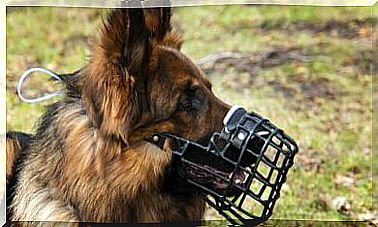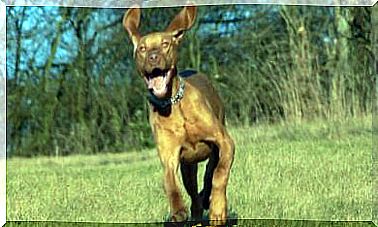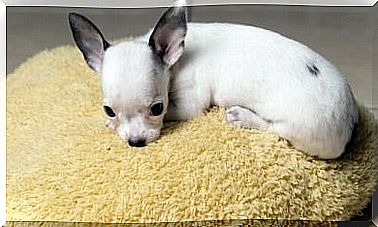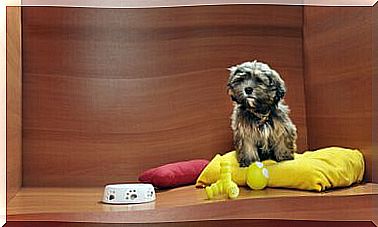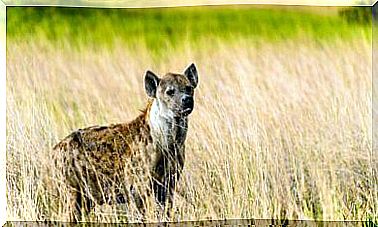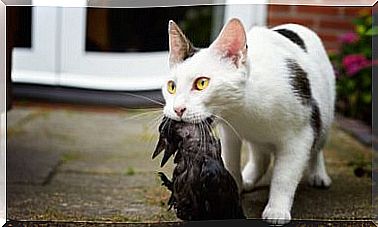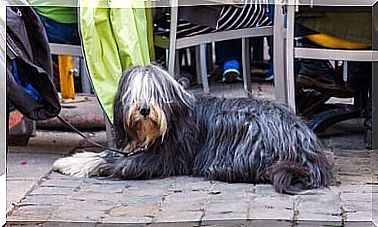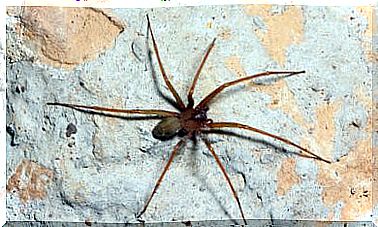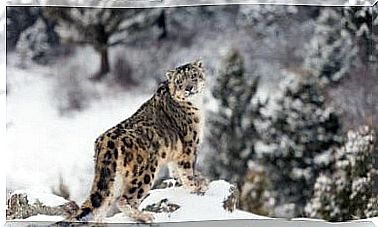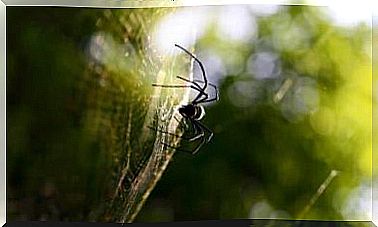Lhasa Apso: Learn About Its Main Features
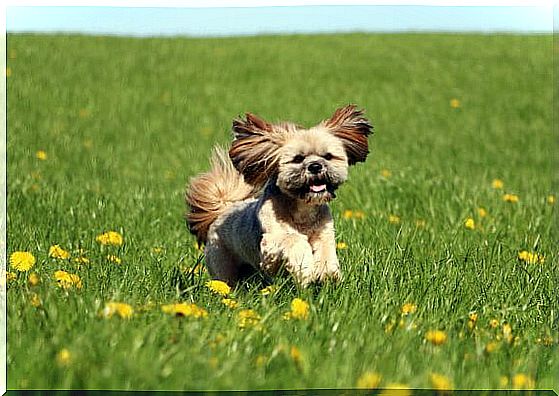
The Lhasa Apso is a breed of Tibetan origin especially recognized for its appearance. With long and abundant hair, it is currently considered a companion dog. Discover the characteristics of this very special dog.
Originating in the city of Lhasa, Tibet, the lhasa apso dogs were bred as guard dogs. Despite being small dogs, their job was to protect Tibetan temples from intruders.
Its dense and long coat was the characteristic that allowed a small dog like the lhasa apso to survive. Its coat is ideal for keeping warm and avoiding excessive sun exposure. Without a doubt, she is his biggest attraction today.
The lhasa apso has always been valued for its aesthetic beauty. For this reason, puppies of this breed used to be given away to foreign visitors.
In Tibet, these animals are still known as Abso Seng Kye , or “sentry lion dogs”. Quite an intimidating name, isn’t it? Some animal lovers explain that the attribute of “lion” would be a reference to the mane of the lhasa apso.
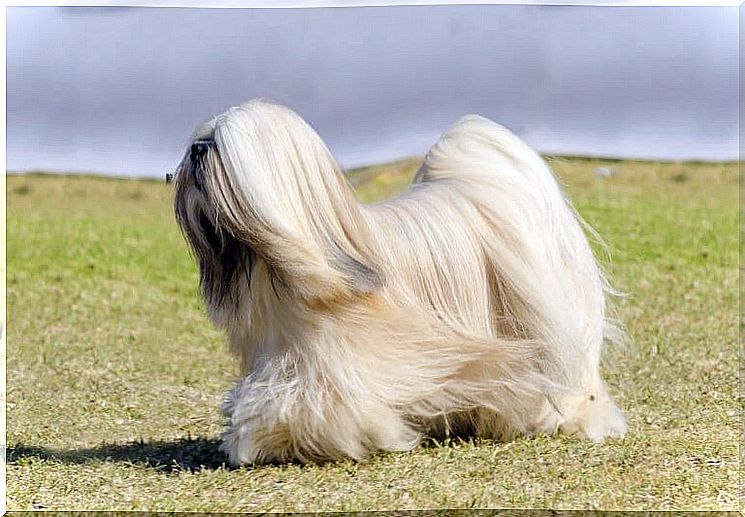
Physical characteristics of the lhasa apso
The head of the lhasa apso is narrow, although not very flat. Unlike other small longhaired breeds, it does not have an apple-shaped skull. Due to its origins as a guard dog, this dog has a strong neck.
The eyes of this breed are oval, medium in size in relation to the skull, and dark. The ears hang down and, like the rest of the face, are covered with long fringes. The muzzle is straight and quite short in relation to the rest of the head.
Lhasa apso dogs have small bodies, longer than they are tall. Also, they have strong backs and their topline is straight. Its forelegs are straight, while the hindquarters are properly curved.
Its fur is abundant, thick and long. This is perhaps its most distinctive feature. Its fur goes to the ground and covers its entire body.
The most common colors among the Lhasa are gold, white and honey. However, there are some dogs of this breed with gray, dark gray, multicolored, black or brown fur.
Interestingly, the tail of the lhasa apso is set on high. This means that dogs have their tails over their backs. Despite this feature, the tails are not loop-shaped. Like the rest of their body, they have an abundant coat, forming fringes.
This is a small breed, with males slightly larger than females. The average height from the withers is 23 cm to 25 cm in males, and the approximate weight of these puppies is 6 kg to 7 kg.
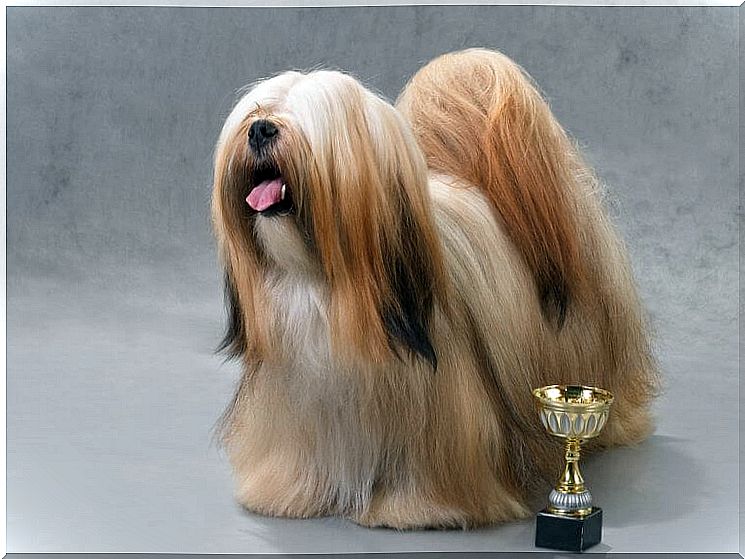
a dog with a strong personality
Despite being a small dog, the lhasa apso should not be confused with a lap dog. In its origins, the lhasa was a guard dog. In this way, he evolved as a dog with a lot of personality, strong, active and self-assured.
Unlike other small breeds, the lhasa requires a lot of physical and mental exercise. They are independent animals and very intelligent.
For this reason, it is important that it be socialized constantly from a puppy. Only then will he be able to get used to contact with humans and other animals.
Despite its small size, this breed is not ideal for families with young children.
When properly socialized, he can be a good companion for any family. However, it is important to keep in mind that, due to their personality and intelligence, Lhasa tend to be impatient.
As a result, a lhasa will be a good companion for families with teenagers or children mature enough to respect and care for a dog.
Additional care
Certainly, the lhasas are puppies that demand great care with their coat. If your coat is not brushed often, the long hair will become matted, forming knots.
Although some knots are unavoidable, when there are many of them the fur sticks together, forming unpleasant tufts.
For this reason, they need owners who have plenty of free time to devote to the care of their coat.
